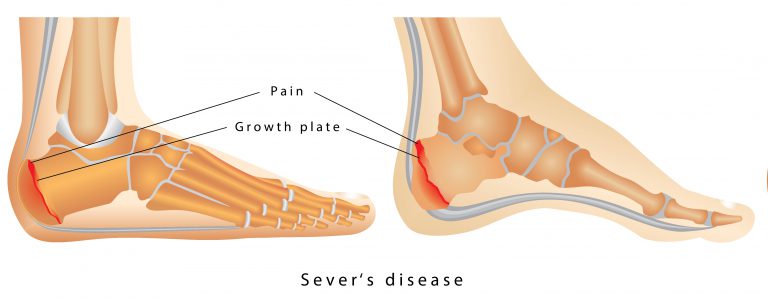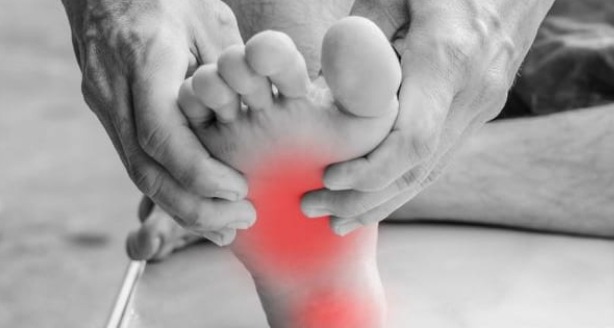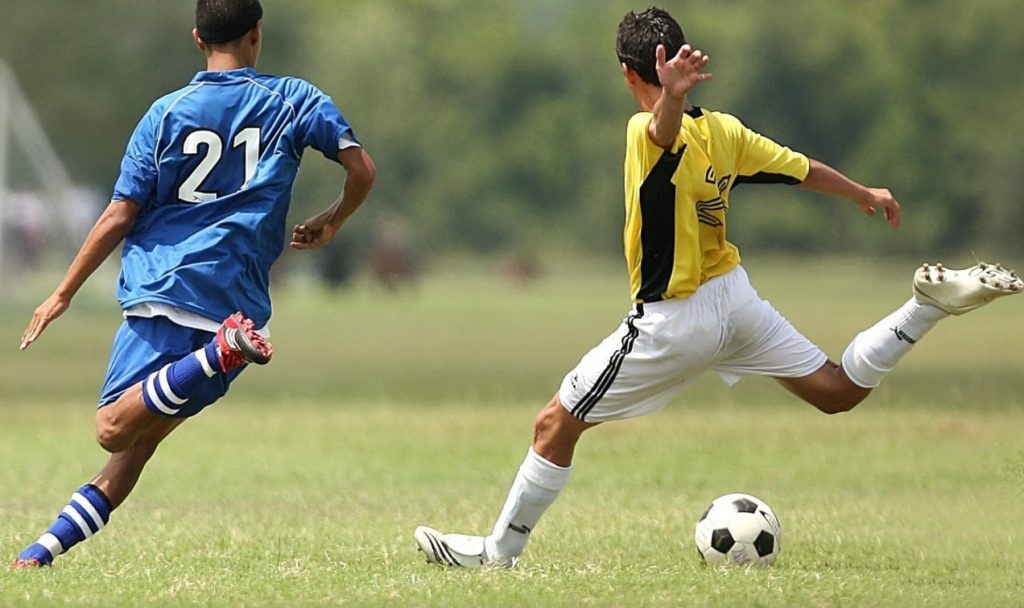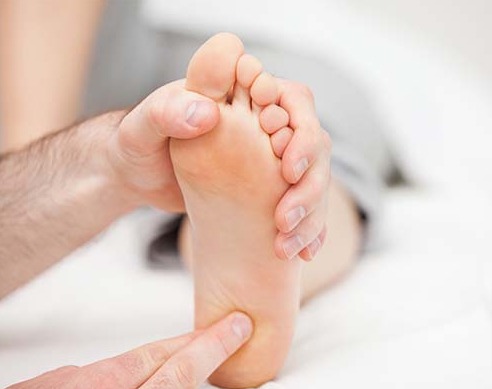What causes foot pain in children and how a Children’s Podiatrist can help fix your kids pain.
Many children complain of sore feet, sore legs or sore heels in general from time to time. As Children’s Podiatrists, we know that children are after all active creatures so it is not uncommon for them to experience a few bumps and bruises and complain about being sore. However, as most parents know, pain is the body’s way of warning us something could be wrong – especially persistent pain!
When it comes to foot pain, children’s podiatrists know how to tell the difference between normal wear and tear and more serious sore feet problems that require treatment to alleviate the pain experienced in the foot or heel.
A good foot doctor understands that growth should not be painful, despite the common term growing pains being used to explain away pain in kids legs and feet. Kid’s podiatrists are trained to look for the underlying cause of the pain and have developed a number of effective strategies for foot pain treatment in children.
Children’s Podiatrists, see heel pain problems surprisingly often in children. While not particularly serious, they can develop into more serious problems if left untreated. It’s time to pay attention if your child comes to you complaining of heel pain or tenderness in the foot. Very young children may not be able to express what they are feeling but may constantly ask to be picked up or carried.
Symptoms of Heel Pain and Sore Feet
Non-verbal indicators your child is having heel pain problems include asking to be picked up or carried, walking on tiptoes or limping. Developmental indicators such as a delay in walking can also provide valuable cues.
When playing a sport, children may hobble on or off the field or complain of heel pain near the end of an activity. Warmth, swelling and tenderness in the back of the heel may also occur as well as tenderness under the heel. Some heel pain problems create stabbing pain and are worse in the morning, improving throughout the day. Older children are able to verbally express their foot pain and alert you to their need for foot pain treatment by a Children’s Podiatrist, preferably a specialist such as a children’s podiatrist or a sports podiatrist.
Get a Professional Diagnosis by a Children’s Podiatrist
It is important to have the heel pain properly assessed by a kids podiatrist to determine the underlying cause of the heel pain and to establish an effective heel pain treatment plan.
Common Causes of Foot Pain in Children
Severs
Severs, clinically known as calcaneal apophysitis, is a common cause of heel pain in children between the ages of 5-14yrs. It usually develops around puberty and is slightly more common in boys than girls. In a sporting environment, severs is really an overuse injury thought to be caused by the Achilles tendon pulling on the heel bone. However, sport is not always the cause. Bones, muscles and tendons can grow at different rates. These can sometimes pull on the growth plate in the heel, resulting in heel pain and other problems.

Plantar fasciitis
Plantar fasciitis is an irritation or inflammation of the plantar fascia. The plantar fascia is a thick band of connective tissue that runs across the bottom of your foot, connecting the heel bone to your toes. In children, certain types of exercise can cause inflammation and pain. Examples include long-distance running, ballet and aerobics.

Mechanical
Poor foot mechanics can cause heel pain and sore feet. This relates to the shape and position of the foot. Biomechanical imbalances such as flat feet, high arches and abnormal walking patterns can all put stress on the plantar fascia. In areas with beautiful weather such as on the Sunshine Coast in Queensland, poor foot mechanics can be aggravated by walking around in bare feet, thongs or shoes without any arch support. Podiatrists on the Sunshine Coast regularly encourage their clients to wear supportive footwear, combined with custom orthotics to alleviate heel pain.
Sporting Stress
Sporting stress can be a trigger point for heel pain. Repetitive actions and increased load can aggravate a mild underlying condition, particularly if gradual strength and conditioning of the area have not occurred.
Some sports are not designed to support feet. For example, many children participate in gymnastics in Gympie and other areas around the Sunshine Coast – a sport that has traditionally been performed in bare feet. However, with some innovation, kids podiatrists are able to create custom orthotics that fit into dance or trampoline shoes, providing some level of support while allowing the children to continue gymnastics in Gympie and gymnastics halls around the Sunshine Coast. While not the ideal solution (the ideal solution stopping gymnastics), this example shows that heel pain conditions can be managed well enough to allow children to continue doing what they love. Modifications such as these need to be used in conjunction with a comprehensive treatment plan.

Treatment for Plantar Fasciitis
Some common-sense measures can provide treatment for plantar fasciitis. These include rest, ice, compression, elevation and massage. Rolling a tennis ball on the bottom of your foot is an effective way to massage the area, leading to extra circulation and faster healing. Anti-inflammatory medication can help reduce pain and swelling. However, these treatments only provide short term relief and do not address the cause of the problem. It is also very difficult to stop children from moving around and not play the sport they love.
Custom orthotics, or orthoses, are very useful in the treatment and management of plantar fasciitis in children. They address any mechanical abnormality and provide a supportive base, reducing the stress on the plantar fascia and subsequent heel pain. It may be necessary to invest in more than one set of custom orthotics. Custom orthotics are customised to suit both the shape of the foot and the shape of the shoe. Sometimes a more rigid custom orthotic will be fitted to school shoes or joggers, while a more flexible custom orthotic will be fitted into dance or soccer shoes.
Addressing the underlying mechanics of the problem by using custom orthotics is a very effective treatment for plantar fasciitis.
Here is some more information about Plantar Fasciitis
Treatment for Heel Pain Caused by Severs
The first stage of treatment is to get an accurate analysis and diagnosis by a reputable podiatrist. Reducing pain and swelling caused by severs is integral to any heel pain treatment. Medication is prescribed for severe pain and to reduce swelling. Rest is the next line of defence. Your child needs to take a break from the activity that is causing the pain until the activity can be resumed without pain – sometimes rest is needed for weeks or months. This should be followed by a strength and conditioning program to strengthen the surrounding area. Simple exercises prescribed by a sports podiatrist can start this process. Your kid’s podiatrist may also recommend some stretches to reduce stress on the area and relieve pain.
Custom orthotics can provide a supportive base for the foot and ensure the mechanics of the foot are aligned. Sometimes cushioned heel pads are recommended to help absorb impact on the heel and relieve pressure. In the short term, wearing shoes with a slightly elevated heel can help. It is also important to review the type of footwear your child is wearing. The correct footwear combined with custom orthotics can have a significant impact in the treatment of heel pain. With careful management by a foot doctor, heel pain from severs that occurs in children can be totally alleviated with careful management.
Heel pain in children needs to be taken seriously. Any treatment of heel and foot pain should involve a complete analysis and diagnosis from a children’s podiatrist to identify the underlying cause of the problem. Your children’s feet provide the foundation for their whole bodies. It, therefore, makes sense that if the foundation is not optimized, the rest of their body will suffer and the performance of muscles, bones, tendons and ligaments will be sub-optimal.
If your child is experiencing heel pain please make an appointment with us so we can help alleviate their pain, formulate a treatment plan and get them back to doing what they love.
For more information about treating children’s sporting injuries please contact us

